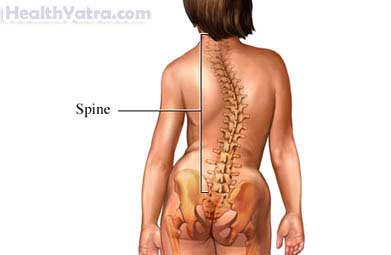Definition
Homocystinuria is disorder of the metabolism. It causes low levels of a specific enzyme. These enzymes normally help to break down the amino acids methionine and homocysteine. The build up of these amino acids can cause impaired growth, development, and tissue repair.
The most common form of homocystinuria, involves a deficiency of the enzyme cystathionine beta-synthase.
Causes
Homocystinuria is a genetic disorder. The faulty genes are inherited from the parents. Both parents must have the defective gene in order for the child to develop the condition.
Risk Factors
Homocystinuria is more common in New South Wales, Australia, and Ireland.
If both parents carry the faulty gene, there is a:
- 25% chance the child will be born with the disorder
- 50% chance the child will be a carrier of the faulty gene
Symptoms
The number and severity of symptoms vary. They may include:
- Nearsightedness and other visual problems
- Flush across the cheeks, fair complexion
- High-arched palate
- Scoliosis
- Seizures
- Tall, thin build
- Long limbs
- High-arched feet
- Knock-knees
- Abnormal formation of the rib cage
- Protrusion of the chest over the sternum
- Intellectual disability
- Psychiatric disease

Homocystinuria may have serious complications such as the development of blood clots. This could lead to a stroke, heart attack, or severe high blood pressure.
Diagnosis
Early treatment is important. Many states require that newborns be screened for homocystinuria. The test usually looks for high levels of methionine. If the test is positive, blood or urine tests can be done to confirm the diagnosis. These tests can detect high levels of methionine, homocysteine, and other sulfur-containing amino acids. Tests to detect an enzyme deficiency may be done as well.
Prenatal diagnosis of homocystinuria is available. It is done with samples taken during an amniocentesis or chorionic villi sample.
Newborn infants appear normal. Early symptoms, if present, are vague. They may first appear as mildly delayed development or failure to thrive. Increasing visual problems, dislocated lenses and nearsightedness in children may lead to diagnosis. Your doctor may order blood tests to confirm the diagnosis.
To look for potential complications the following tests may also be done:
- X-rays to look for bone problems
- An eye exam to look for eye problems
Treatment
There is no specific cure for homocystinuria. Treatment is focused on managing the levels of methionine. It should begin as early as possible. Treatment may include medication and/or a special diet.
Medication
Many people respond to high doses of vitamin B6. The supplement will be needed for the rest of your life. A normal dose of folic acid supplement is helpful.
Those that do not respond to these vitamin will need a combination of a low methionine diet with cysteine supplementation. Other medications may also be occasionally needed.
Special Diet
A special diet may help people who don’t respond to or don’t respond fully to vitamin B6 treatment. Starting the diet early in life can help prevent intellectual disability and other complications. In general, the diet:
- Restricts foods with methionine
- Consists mainly of fruits and vegetables
- Allows very little, if any, meats, eggs, dairy products, breads, and pastas
Prevention
Genetic counseling is recommended for people with a family history of homocystinuria. The counselor will help you determine the risk your child has of developing homocystinuria.
